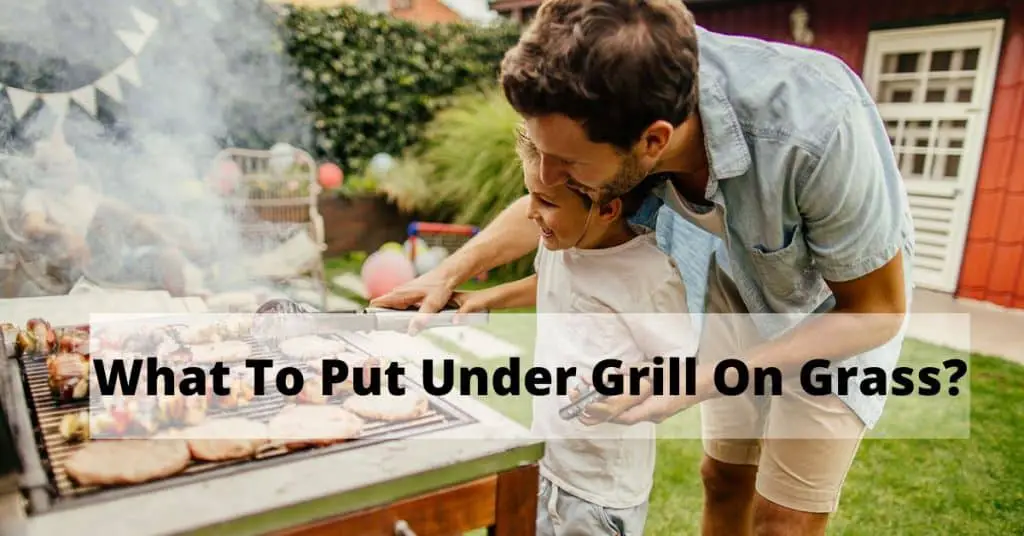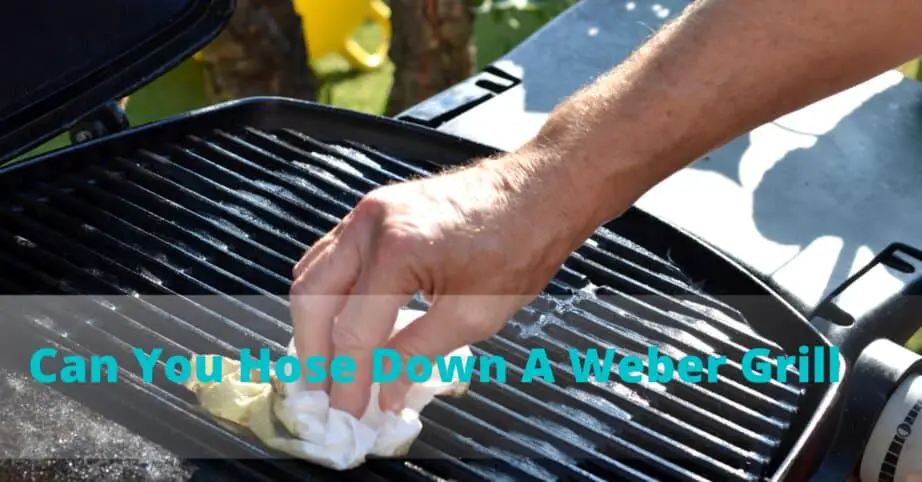To smoke meat on a charcoal grill, set up a two-zone fire and add wood chips. Maintain a consistent temperature by controlling the air vents and checking periodically.
Smoking meat on a charcoal grill imparts a rich, smoky flavor that’s hard to replicate with other cooking methods. For barbecue enthusiasts, mastering the technique of charcoal smoking can turn a good meal into a great one. Whether it’s succulent ribs, a tender brisket, or juicy chicken, smoking over charcoal requires patience and a bit of skill.
The key to success lies in maintaining a steady low heat and producing the right amount of smoke. This requires a solid understanding of charcoal placement, airflow management, and the best cuts of meat for smoking. By following some simple steps and tips, even a beginner can serve up delicious smoked delicacies that taste like they’re straight from a professional BBQ pit.
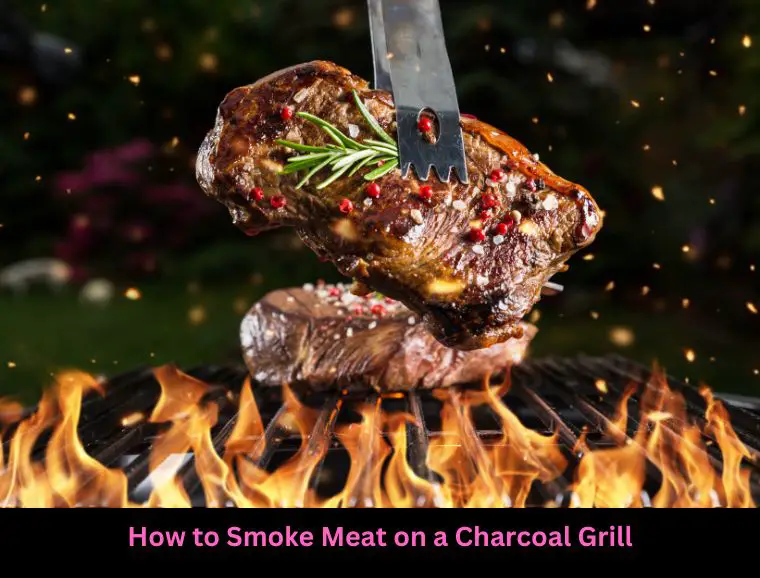
The Art Of Smoking Meat
Welcome to the ancient tradition and modern favorite: smoking meat on a charcoal grill. This culinary art, passed down through generations, transforms simple cuts into mouthwatering delicacies. Below, uncover secrets to mastering smoking meat at your backyard barbecue.
Selecting The Right Meat
The journey to smokey perfection begins with the right choice of meat. Seek out cuts known for their rich marbling and robust texture. These absorb smoke better, resulting in a more flavorful experience. Popular choices include:
- Brisket: A classic, with dense fibers for the smoke to penetrate.
- Pork Shoulders: Ideal for pulling, they become tender over long cooks.
- Ribs: Their marbling and bones add depth to the smoke flavor.
- Chicken: A versatile option that smokes quickly and stays juicy.
Remember, thicker cuts need more time to fully absorb the smokey goodness.
Essential Tools For Smoking
To embark on this savory adventure, ensure you have the essential tools:
| Tool | Function |
|---|---|
| Charcoal Grill | Acts as the smoker, where all the magic happens. |
| Charcoal | The fuel source provides both heat and smoke. |
| Smoking Wood | Adds flavor; choose from hickory, oak, apple, and more. |
| Meat Thermometer | Guarantees your meat is cooked safely and perfectly. |
| Aluminum Foil | It’s Helps with clean-up and can wrap meat to prevent over-smoking. |
Each tool plays a pivotal role. Together, they ensure your smoking process is streamlined and effective. Perfect meat smoking isn’t just about the cut or the seasoning. It’s about precision and the right equipment for the job.
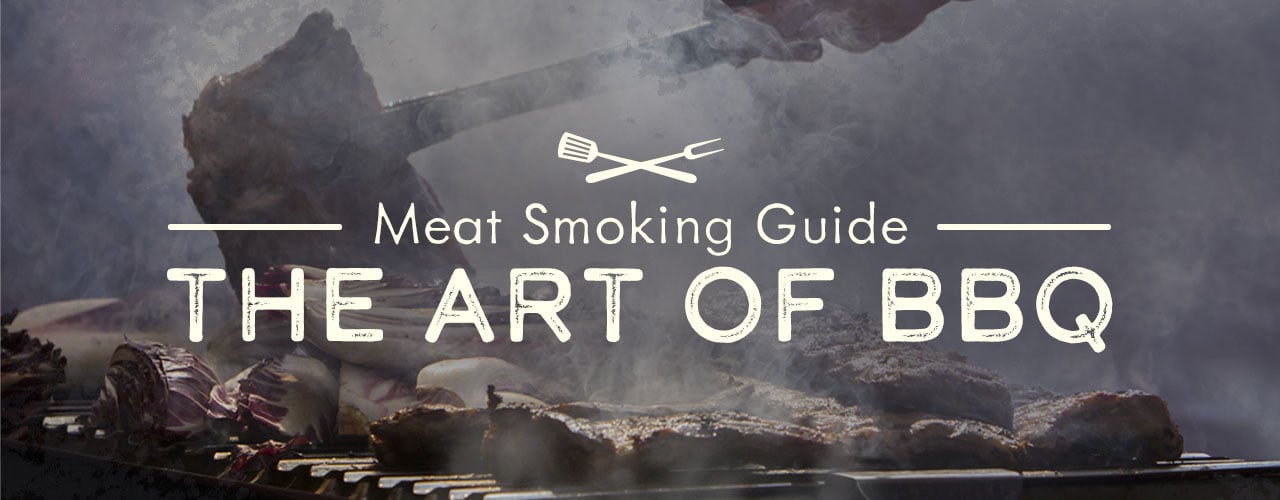
Credit: www.webstaurantstore.com
Setting Up Your Charcoal Grill
Setting Up Your Charcoal Grill is a thrilling step towards deliciously smoked meats. Whether a novice or a seasoned pitmaster, a well-set grill is the foundation for cooking success. Let’s ignite the journey with the essentials of grill preparation.
Choosing Charcoal And Wood Chips
Selecting the right charcoal and wood chips is crucial for flavor. Here’s a quick guide:
- Lump Charcoal: Burns hotter and cleaner.
- Briquettes: Offer consistent burn time.
- Wood Chips: Apple, hickory, and mesquite for varied smokiness.
Add soaked wood chips to the charcoal to achieve a deep, smoky taste.
Temperature Control Strategies
Maintaining the right temperature is essential for even cooking. Use these strategies:
- Adjust grill vents for airflow control.
- Use a grill thermometer to monitor heat.
- Arrange coals for indirect heat when needed.
Remember, patience and practice are key to mastering temperature on your charcoal grill.
Prepping Meat For The Smoke
Getting the meat ready is a crucial step before smoking. It involves brining and seasoning for optimal flavor. Proper preparation ensures meat absorbs smoky goodness and stays juicy. Learn the perfect approach to prepping your meat below.
Brining Basics
A Bringing boosts moisture and tenderness in smoked meats. The process uses saltwater to enhance flavor and juiciness. Stick to these simple steps for a basic brine.
- Mix 1 gallon of water with 1 cup of salt.
- Add sugar or aromatics for more flavor if desired.
- Submerge the meat fully in the brine.
- Chill for several hours or overnight, depending on meat size.
Applying Dry Rubs
Dry rubs create a delicious crust on meats. They mix herbs, spices, and other dry ingredients. Follow these tips for applying rubs.
- Pat the meat dry before applying rubs.
- Cover all sides for an even flavor distribution.
- Let it settle for at least 30 minutes before grilling.
The Smoking Process
Smoking meat on a charcoal grill infuses it with mouth-watering flavors and aromas. This age-old cooking technique requires patience and attention to detail. Let’s explore how to manage smoke and heat, and monitor meat temperature for the perfect smoky feast.
Managing Smoke And Heat
Creating and maintaining the right amount of smoke and heat is crucial. Follow these steps:
- Choose your wood: Hardwood chunks or chips, such as hickory or oak, work best. Soak chips in water for an hour before use.
- Set up your grill: Place coals on one side and meat on the other to create indirect heat, avoiding flare-ups.
- Control airflow: Adjust vents to regulate temperature. Keep the top vent partially open and use the bottom vent to fine-tune.
- Steady temperature: Aim for a consistent 225-250°F. Add coals or wood chunks as needed, but avoid too much smoke.
Monitoring Meat Temperature
Ensuring your meat reaches the ideal internal temperature is key for safety and flavor:
- Use a thermometer: An accurate meat thermometer is a must-have tool.
- Check regularly: Insert the thermometer into the thickest part without touching the bone for the best reading.
- Know your temps: Different meats have different target temperatures. Beef brisket should be 195-205°F, while chicken needs to reach 165°F.
With patience and close attention, your charcoal-smoked meats will be the highlight of any meal!
Finishing Touches
Grill masters take note: The final steps in smoking meat on a charcoal grill will transform your cookout into a standout. Nailing the finishing touches ensures tender, juicy, and flavor-packed results every time. Keep reading for the crucial ‘rest and serve’ wisdom.
Resting And Slicing The Meat
Patience pays off.
After hours over coals, resist the urge to dive straight into your smoked masterpiece. Quality demands rest. Here’s why:
- Lock in Juices: Resting allows juices to be redistributed. Keeping meat moist and delectable.
- Fine-tune Flavors: As temperatures settle, flavors mature.
Resting Rules:
- Transfer meat to a board or platter.
- Cover lightly with foil, not tightly.
- Let sit for 10 to 20 minutes, depending on size.
Ready to slice? Use a sharp knife. Cut against the grain. Savor every tender bite.
Serving Suggestions
Serve up a feast.
Complement your smoked meat with sides that shine. Garnish thoughtfully. Impress guests with a spread crafted for envy.
| Food Pairing | Why It Works |
|---|---|
| Classic Coleslaw | Crunchy freshness cuts through rich smoke. |
| Grilled Vegetables | Charred edges echo the meat’s smokiness. |
| Cornbread | Sweet, savory comfort. |
Make meals memorable. Balance flavors. Offer variety. Elevate your smoking prowess with finesse in the finale.
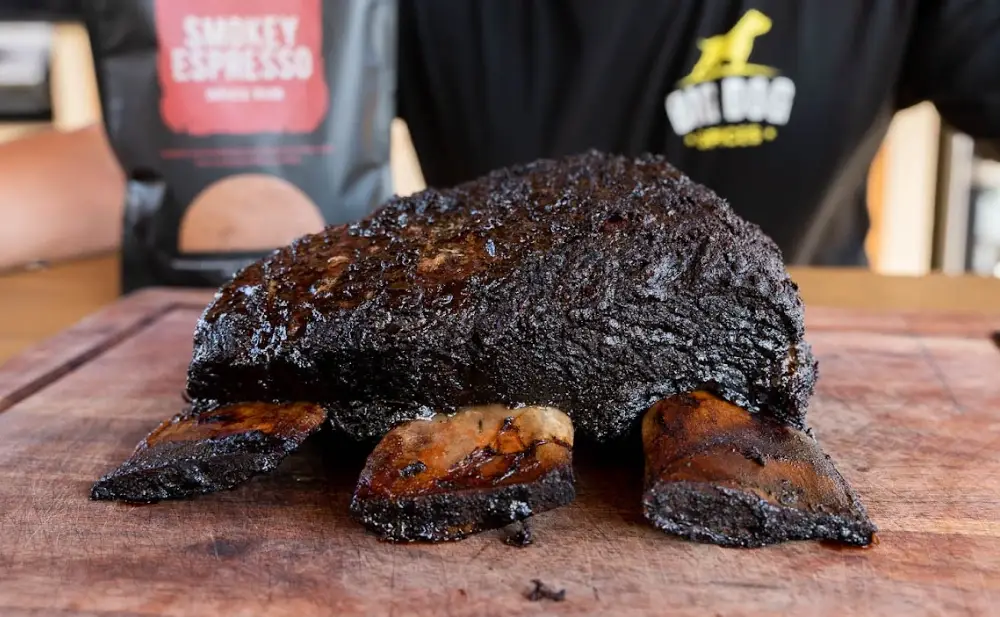
Credit: www.bigdogspices.com.au
Cleaning And Maintenance
After the last piece of smoked meat is savored, cleaning and maintenance keep your charcoal grill ready for the next BBQ masterpiece. A clean grill ensures every smoke session is flavorful and safe. Let’s dive into the essentials of post-smoking grill care and the proper storage of your equipment and leftovers.
Post-smoking Grill Care
Celebrate the end of a successful smoke by taking good care of your grill. Heat the grill for 10-15 minutes with the lid closed. This will loosen any residue. Then, turn off the grill and let it cool slightly. Don a pair of gloves, and scrape the grates with a grill brush.
- Empty the ashtray once the grill is cool.
- Wipe down the interior and exterior with a damp cloth.
- Check for any grease buildup and remove it.
Regularly check the vents for blockages. Deep clean your grill every few months.
Storing Your Tools And Leftovers
Keep your tools shining and leftovers delicious. Follow these tips:
| Tools | Leftovers |
|---|---|
| Clean tools with soap and warm water. | Seal leftovers in airtight containers. |
| Dry tools completely before storing. | Refrigerate leftovers within two hours. |
| Store tools in a dry place. | Label leftovers with a date. |
Rusty tools ruin food and render your efforts useless. For leftovers, proper storage extends their life and keeps them safe. A well-organized grill space and fridge prevent future headaches.

Credit: www.walmart.com
Frequently Asked Questions Of How To Smoke Meat On A Charcoal Grill
Can You Smoke Meat On Regular Charcoal Grill?
Yes, you can smoke meat on a regular charcoal grill. Create indirect heat by placing coals on one side and meat on the other, then add wood chips for smoke flavor. Keep the lid closed to maintain a consistent temperature.
How Do You Set Up A Charcoal Grill For Smoking Meat?
Begin by igniting charcoal in a chimney starter. Once white-hot, arrange the coals on one side of the grill for indirect cooking. Place a water-filled drip pan beneath the grilling area. Set your meat on the grate away from the coals, then cover it with the lid for smoking.
Can You Put Wood Chips Directly On Charcoal?
Yes, you can put wood chips directly on charcoal. Scatter the wood chips evenly over hot coals for the best smoky flavor in grilling.
How Do You Smoke Meat For Beginners?
Choose a smoker and familiarize yourself with its operation. Select quality meat and a wood flavor that complements it. Season the meat with a simple rub. Smoke at a low, consistent temperature, typically between 225-250°F. Monitor the process, ensuring meat reaches a safe internal temperature.
Conclusion
Mastering of smoking meat on a charcoal grill can elevate your outdoor cooking game. Embrace the process and the flavors that ensue will be your reward. Start experimenting with different woods and cuts of meat. Soon, you’ll be serving up succulent, smoky delights that’ll have everyone craving more.
Grill on!

